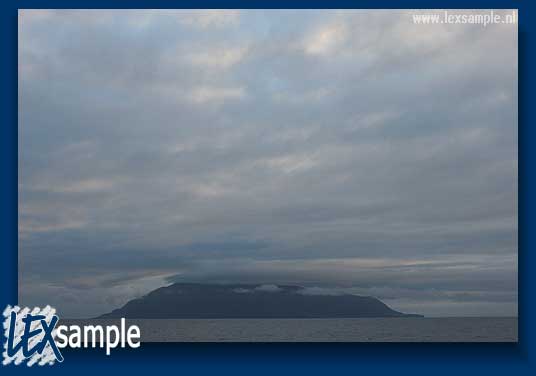 |
Tristan da Cunha in the early morning mist. The island is well known for being the remotest inhabited island in the world. Nearly 300 people make up the island's population, sharing seven family names. The circular island is in fact a volcano, rising up 2,060 meters. The place was discovered in 1506 by the Portugese admiral Tristão d'Acunha.
|
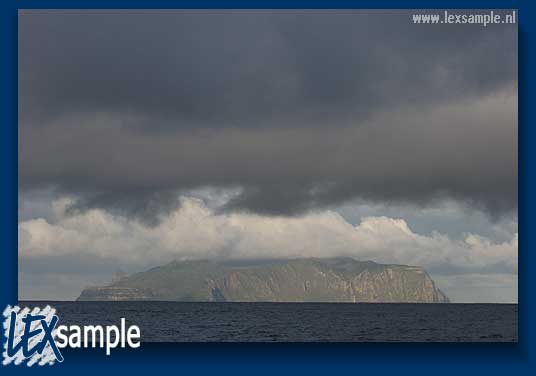 |
Dark clouds hanging over Inaccessible Island. Inaccessible is at a 40 km distance from Tristan da Cunha and is clearly visible from the main village on Tristan
|
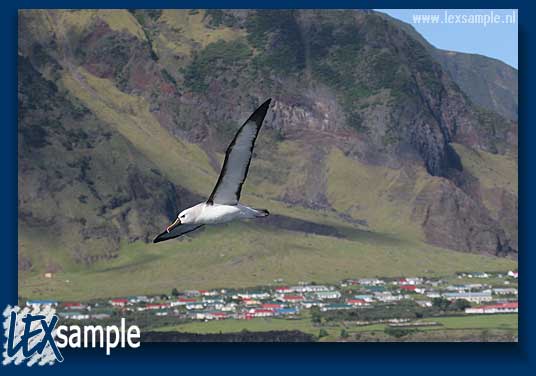 |
An Atlantic Yellow-nosed Albatross (Thalassarche chlororhynchos) flying by with The Settlement of Edinburgh on the background - Tristan's one and only village.
|
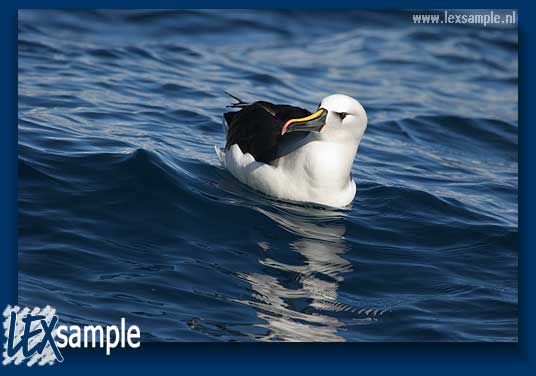 |
| Another Atlantic Yellow-nosed Albatross is floating on the sea waves right outside the harbour of Tristan da Cunha. |
Download this wallpaper as a background for your computer. It's also available as a postcard. For more information, view the catalogue (opens in new window).
|
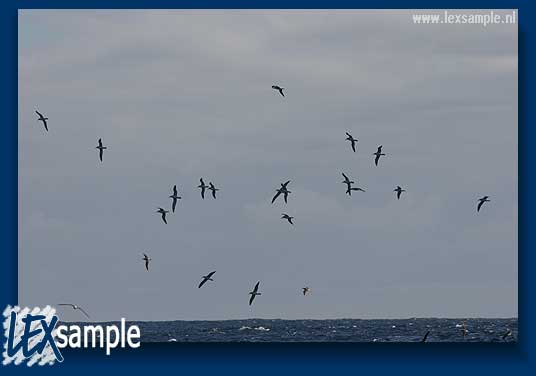 |
The sky is filled with Yellow-nosed Albatrosses. They breed on Tristan and on the other nearby islands.
|
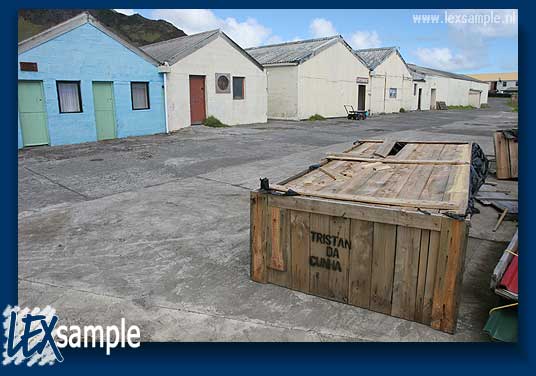 |
Tristan's main shopping street, with a plumber/electrician, and the only supermarket on the island. A bit further on lies the lobster factory.
|
 |
Souvenirs are sold in the small museum on Tristan da Cunha, mainly hand-made, such as this knitted Tristan Penguin (Pygoscelis da Cunha). This endemic species, photographed here at the museum, is inspired by the Rock Hopper Penguins that live elsewhere on Tristan.
|
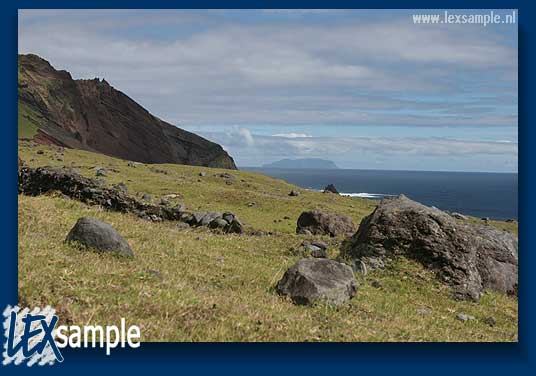 |
View on Inaccessible Island from the road between The Settlement and the potato patches.
|
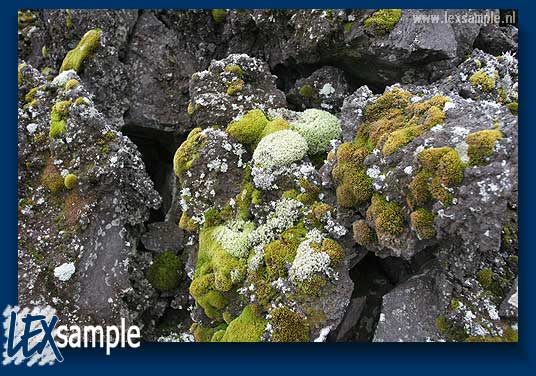 |
Mosses growing on volcanic rocks.
|



















 Next
Next